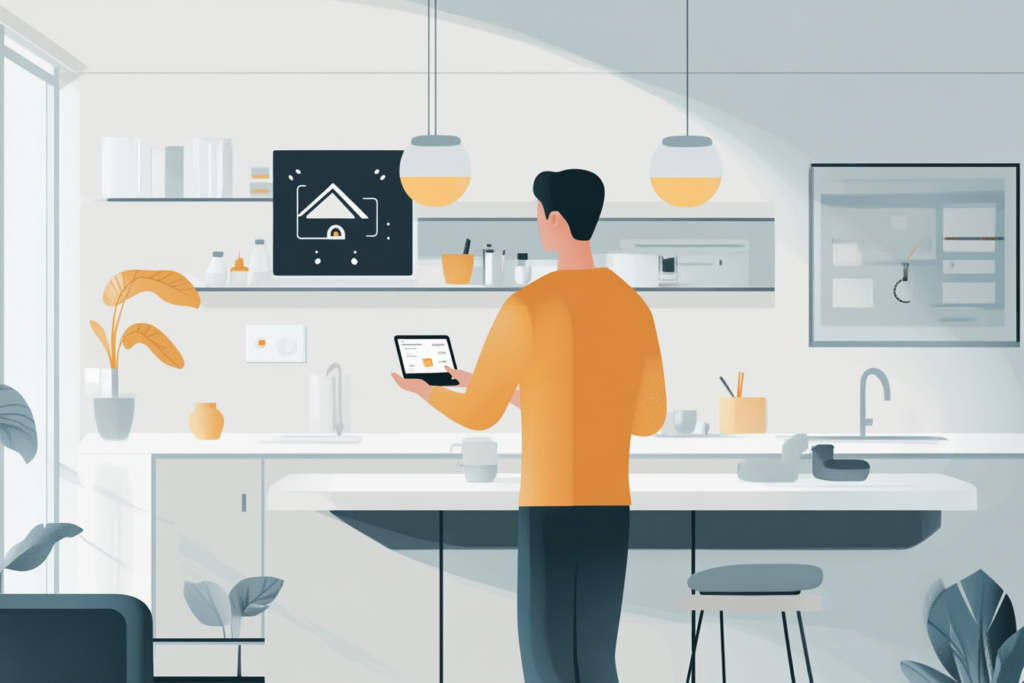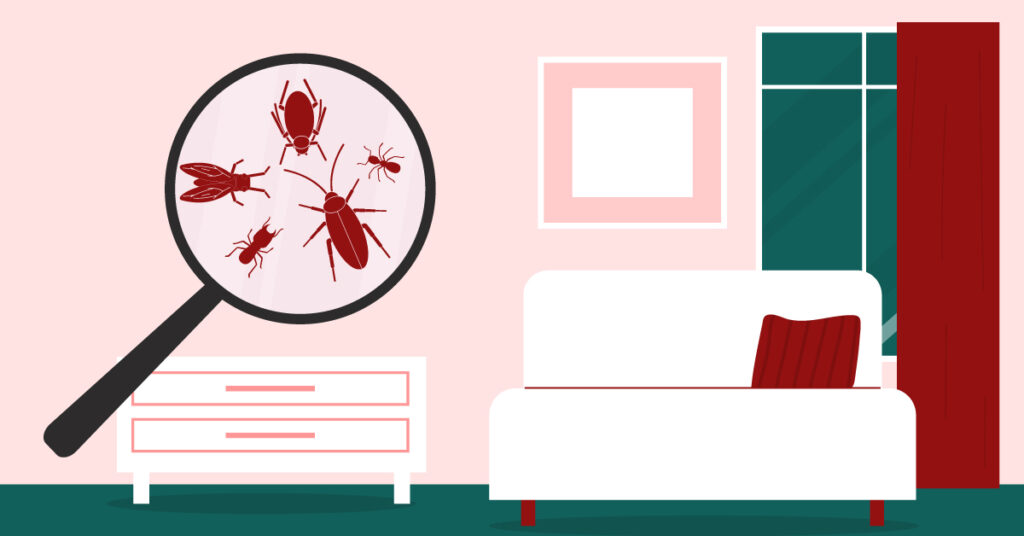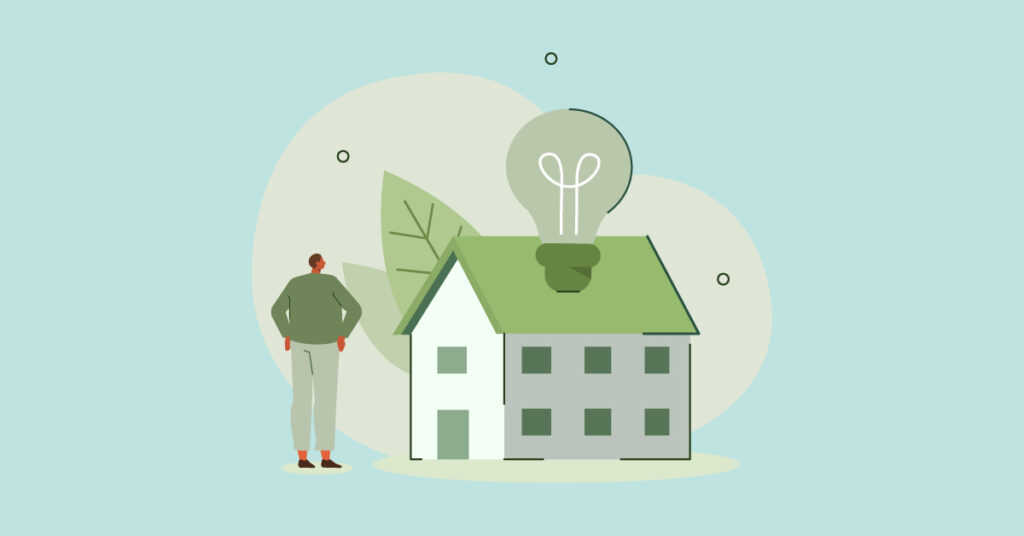Smart home technology is no longer a luxury. It’s an accessible and convenient way to automate and control various aspects of your home. Whether you want to upgrade security, improve energy efficiency, or simplify daily tasks, smart home integration can make your life easier.
This guide will share the basics of setting up a smart home, essential devices, and security considerations.
Understanding Smart Home Integration
Smart home integration is the process of connecting various smart devices and appliances to a central hub or system that allows you to control them remotely.
These systems generally connect via Wi-Fi, Bluetooth, Zigbee, or Z-Wave protocols. The goal is to create a seamless experience where devices communicate and function together.
Essential Smart Home Devices

To build a smart home, begin your setup with these essential devices:
- Smart Speakers and Hubs: Devices like Amazon Echo, Google Nest Hub, and Apple HomePod serve as control centers, allowing voice commands and app-based management.
- Smart Lighting: Smart bulbs, switches, and dimmers enable remote control, scheduling, and automation.
- Smart Thermostats: Devices such as the Nest Learning Thermostat and Ecobee help optimize heating and cooling for energy efficiency.
- Smart Security Cameras: Indoor and outdoor cameras from Ring, Arlo, and Wyze offer real-time surveillance and motion detection.
- Smart Door Locks: Smart locks enhance security by allowing keyless entry and remote access.
- Smart Plugs and Outlets: These allow you to control standard appliances remotely and automate schedules.
- Smart Sensors: Motion, water leak, and door/window sensors help add an additional layer of security and automation.
- Smart Appliances: Refrigerators, ovens, and washers with smart capabilities provide enhanced functionality and monitoring.
Setting Up Your Smart Home
If you are just getting into setting up your smart home to make a few things more automated, follow these simple steps:
- Choose a Smart Home Ecosystem
- Decide between Amazon Alexa, Google Assistant, or Apple HomeKit. Each has its own compatibility with smart devices. Stick with one system as they do not all work together.
- Set Up a Reliable Internet Connection
- A strong Wi-Fi network is crucial. Consider upgrading your router or adding mesh Wi-Fi to eliminate dead zones.
- Start with a Smart Hub (Optional)
- Some systems work without a hub, but using one (like Samsung SmartThings) can centralize control. This will serve as the main hub where you will interact and connect all future devices.
- Install and Connect Devices One at a Time
- Follow manufacturer instructions, connect each device to your chosen ecosystem, and test functionality. If something is not working properly, great YouTube videos can usually help with installation.
- Use Automation and Routines
- Set up routines like “Good Morning” to turn on lights, adjust the thermostat, and play music automatically.
- Ensure Security and Privacy
- Enable two-factor authentication, update firmware regularly, and review privacy settings for each device.
Benefits of Smart Home Integration
There are several benefits to setting up your home as a smart home. Here are some:
- Convenience: Control devices with voice commands or a smartphone app.
- Energy Efficiency: Reduce electricity and heating costs with automation.
- Security: Monitor your home remotely with cameras and smart locks.
- Customization: Tailor settings to fit your routine and preferences.
- Increased Home Value: Smart technology can make your home more attractive to buyers.
Common Challenges and How to Overcome Them
While there will never be just benefits when it comes to implementing something new in your home, here are a few drawbacks to be aware of:
- Compatibility Issues: Always check if new devices are compatible with your chosen ecosystem.
- Wi-Fi Connectivity Problems: Use a dual-band router and consider a mesh Wi-Fi system for better coverage.
- Security Concerns: Change default passwords, enable encryption, and use reputable brands.
- Learning Curve: Start with a few devices before expanding your system.
Future of Smart Home Technology
The smart home industry continues to evolve and is becoming more and more prominent in modern homes.
Smart home integration is an excellent investment that offers convenience, security, and energy savings. To get the most out of your smart home, remember to start small, choose compatible devices, and prioritize security.
With the right setup, you can enjoy a connected home that makes daily tasks easier and more efficient.
You might also be interested in: Top 13 Benefits of Installing a Smart Home Automation System




